Description
Neem trees can grow to impressive heights of 15 to 20 meters (50 to 66 feet) under ideal conditions. The tree features dark green, pinnate leaves that are typically about 20 to 30 centimeters long, with sharp, serrated edges. The leaves have a strong, distinct odor and are often used in traditional herbal treatments.
In the spring, Neem trees bloom with small, white or cream-colored flowers that are fragrant and attract pollinators like bees. The flowers give way to green, oval fruits that eventually turn yellow as they ripen. The fruit contains seeds, which are the source of Neem oil—a potent substance with numerous health, beauty, and agricultural applications.
Growing Conditions and Care
Neem trees are incredibly tolerant of a wide range of environmental conditions, making them suitable for tropical and subtropical climates.
-
Light: Prefers full sun and can tolerate high temperatures.
-
Soil: Thrives in well-drained, sandy or loamy soils but can grow in poor soils as well.
-
Watering: Requires moderate watering. While the tree is drought-resistant once established, it benefits from regular watering during dry spells.
-
Climate: Best suited to regions with warm climates and can tolerate some drought conditions.
-
Maintenance: Minimal care is needed once established. Regular pruning helps maintain its shape and removes deadwood.
Benefits and Uses
Neem trees are extremely valuable in various industries due to the numerous benefits they provide.
-
Medicinal Use: Neem has been used for thousands of years in Ayurvedic medicine for its healing properties. It has antibacterial, antiviral, antifungal, and anti-inflammatory properties, making it useful for treating a range of ailments, including skin infections, fever, and digestive issues.
-
Agricultural Use: Neem oil and extracts are used as natural pesticides to protect crops from insects and fungi without harming the environment. Neem cake, the byproduct of oil extraction, is also used as an organic fertilizer.
-
Cosmetic Use: Neem oil is used in various skin and hair care products due to its ability to treat acne, dandruff, and other skin conditions.
-
Environmental Benefits: The Neem tree is beneficial for soil enrichment and erosion control. Its deep root system helps prevent soil erosion, while the leaves enrich the soil with nutrients when they decompose.
-
Insect Repellent: Neem has been used for centuries as a natural insect repellent, effectively repelling mosquitoes and other pests.
Conclusion
The Neem tree is not only an aesthetic and environmentally beneficial tree but also a source of countless resources that support healthcare, agriculture, and environmental sustainability. Its multipurpose uses, from medicinal remedies to natural pest control, make it an indispensable plant in many parts of the world. Whether planted in a garden, farm, or as part of reforestation efforts, the Neem tree remains a symbol of nature’s abundance and versatility.

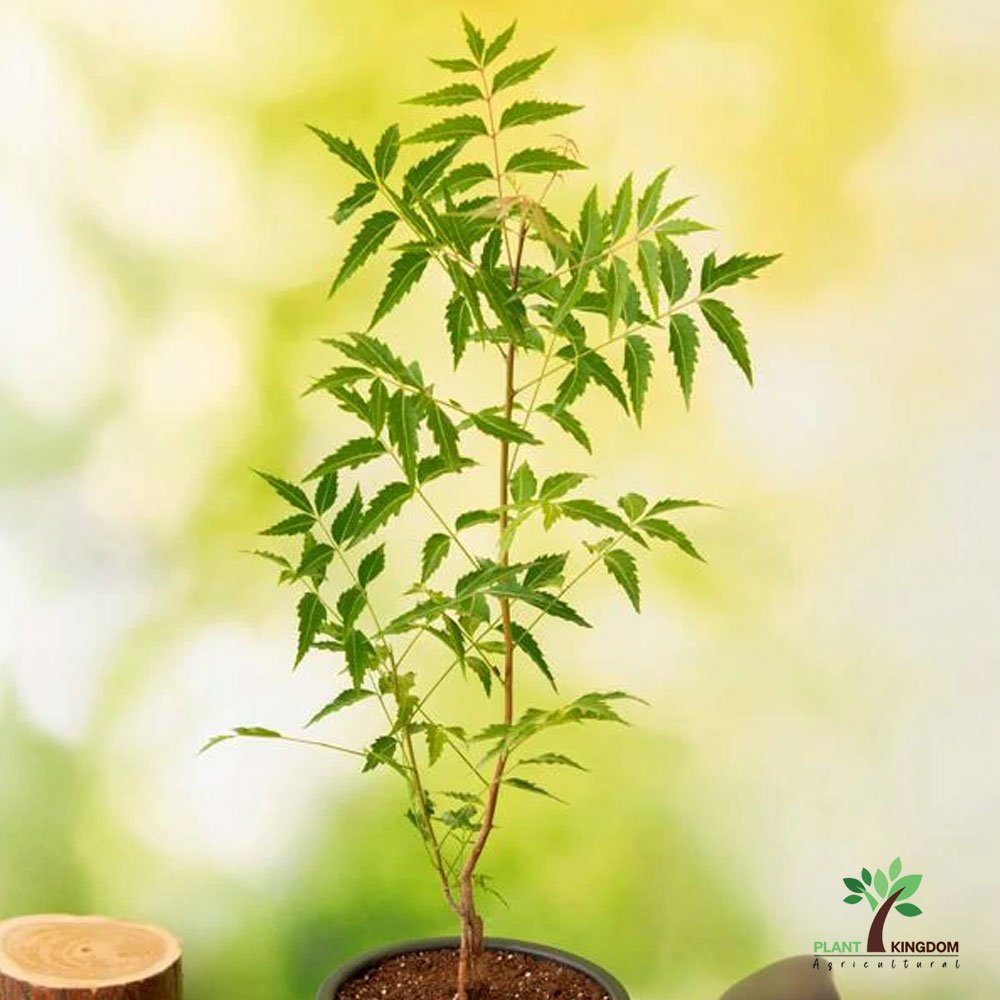

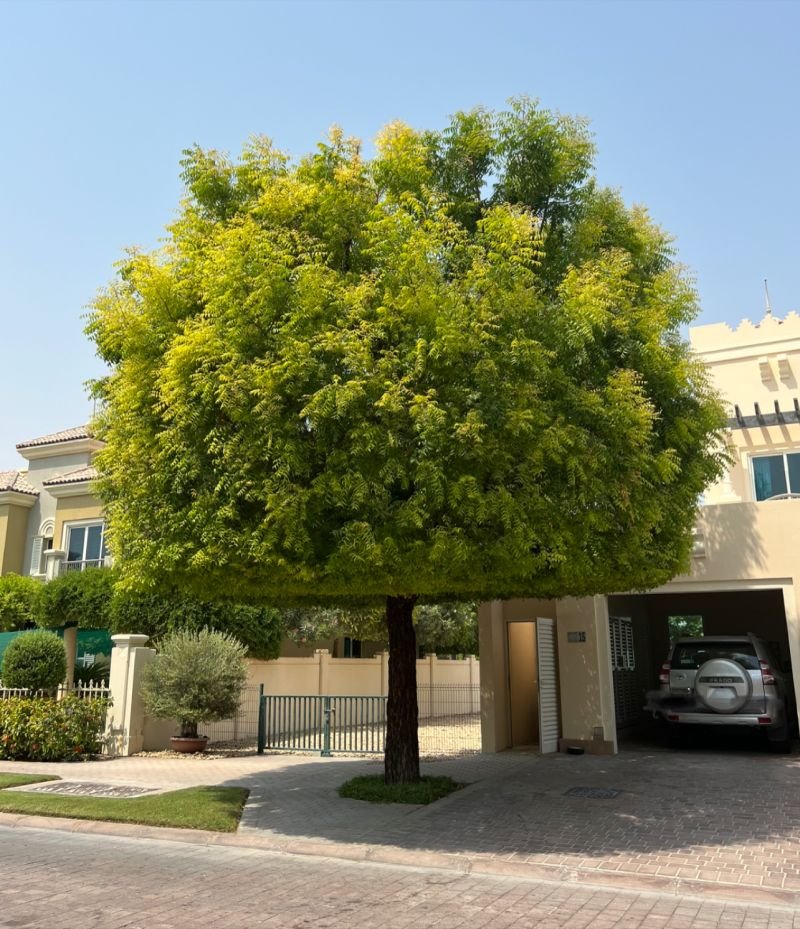
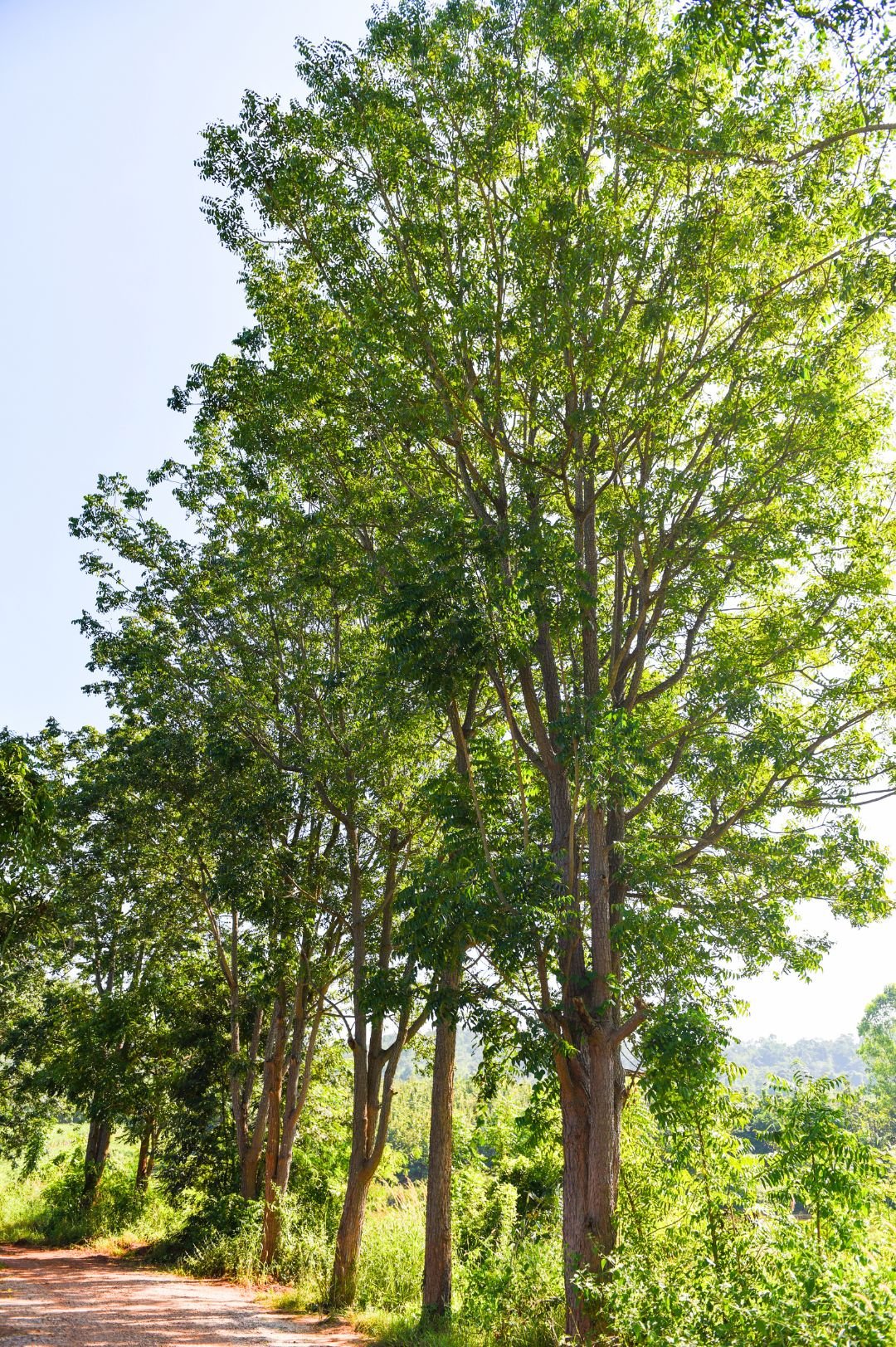
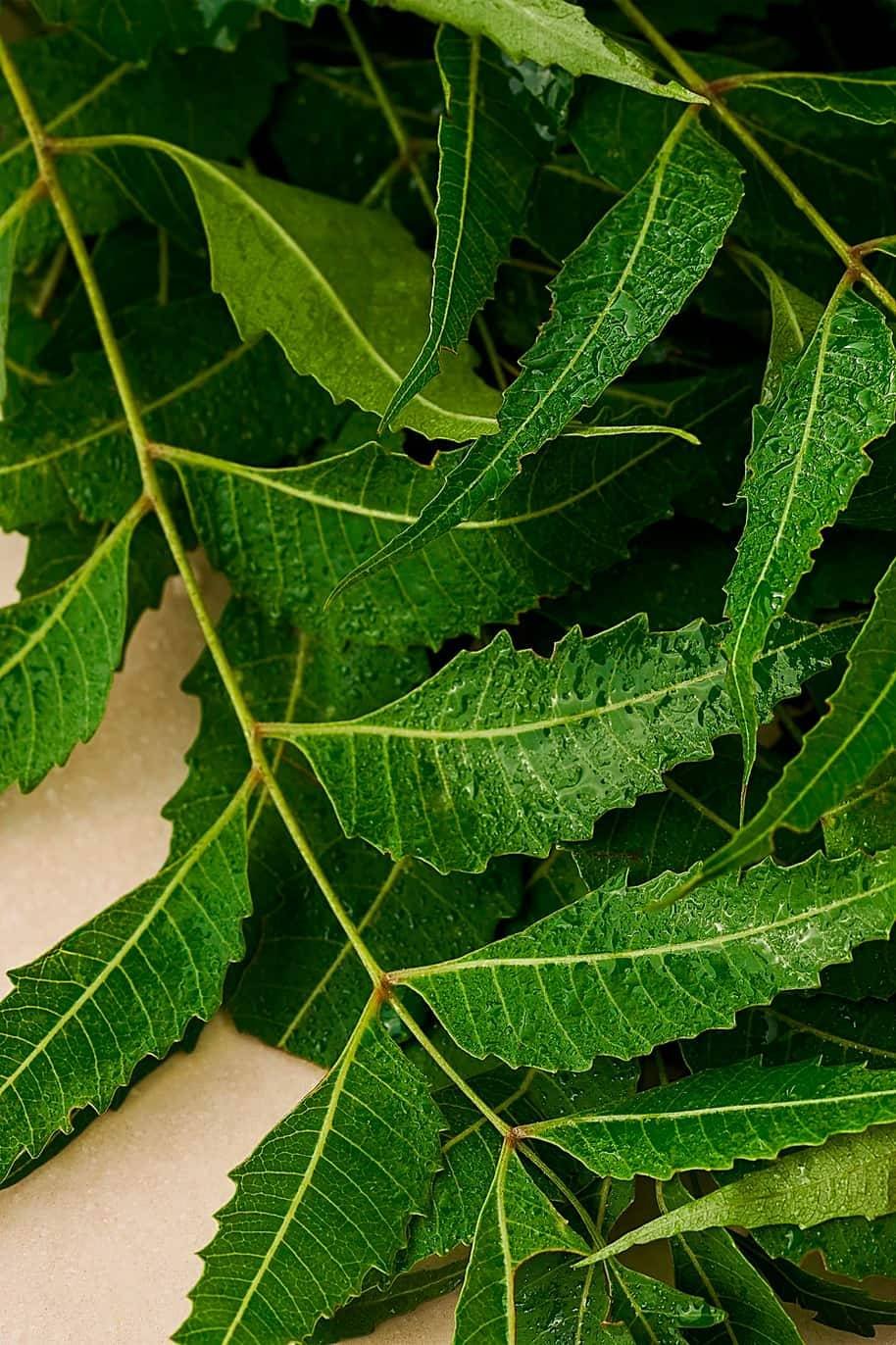
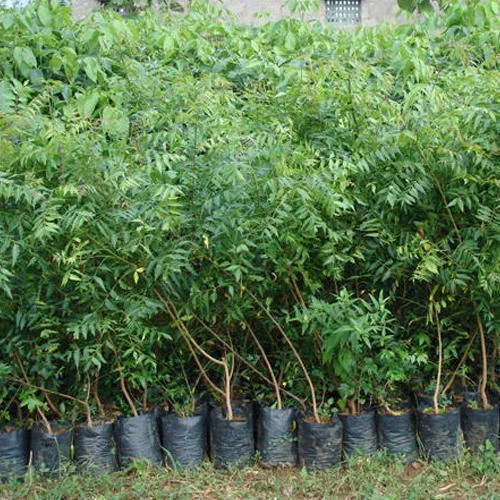
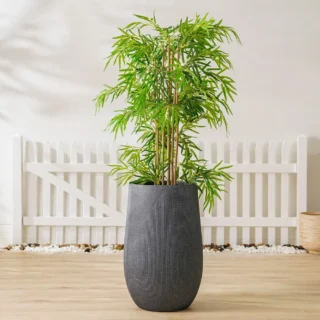

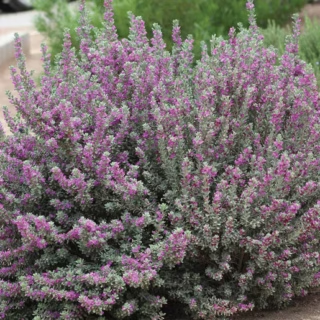

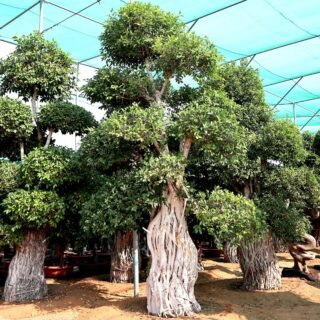
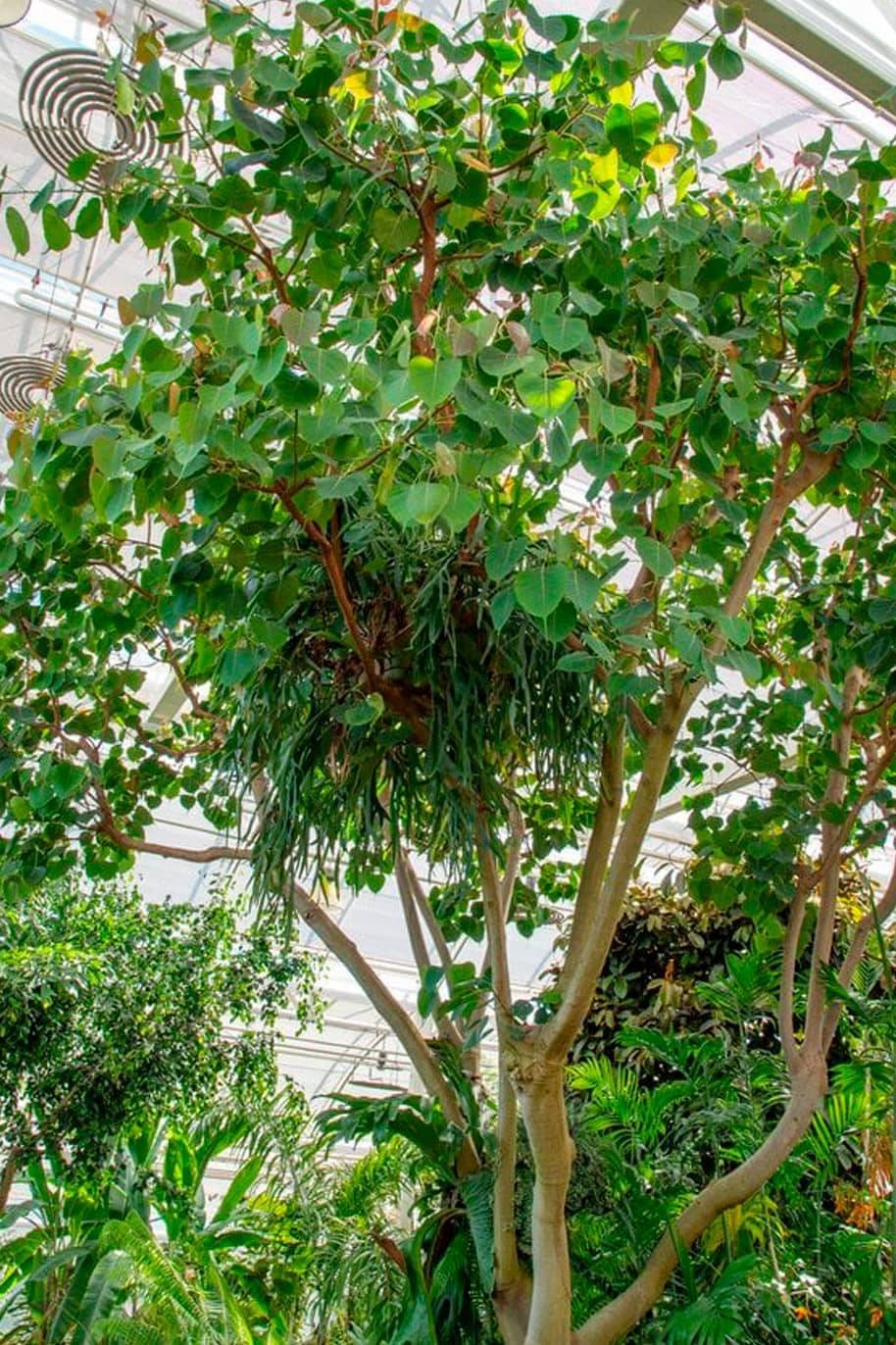




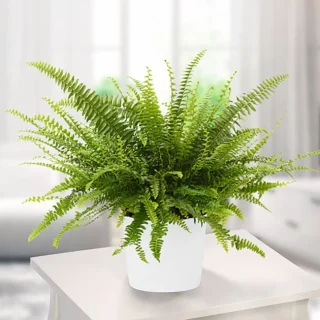
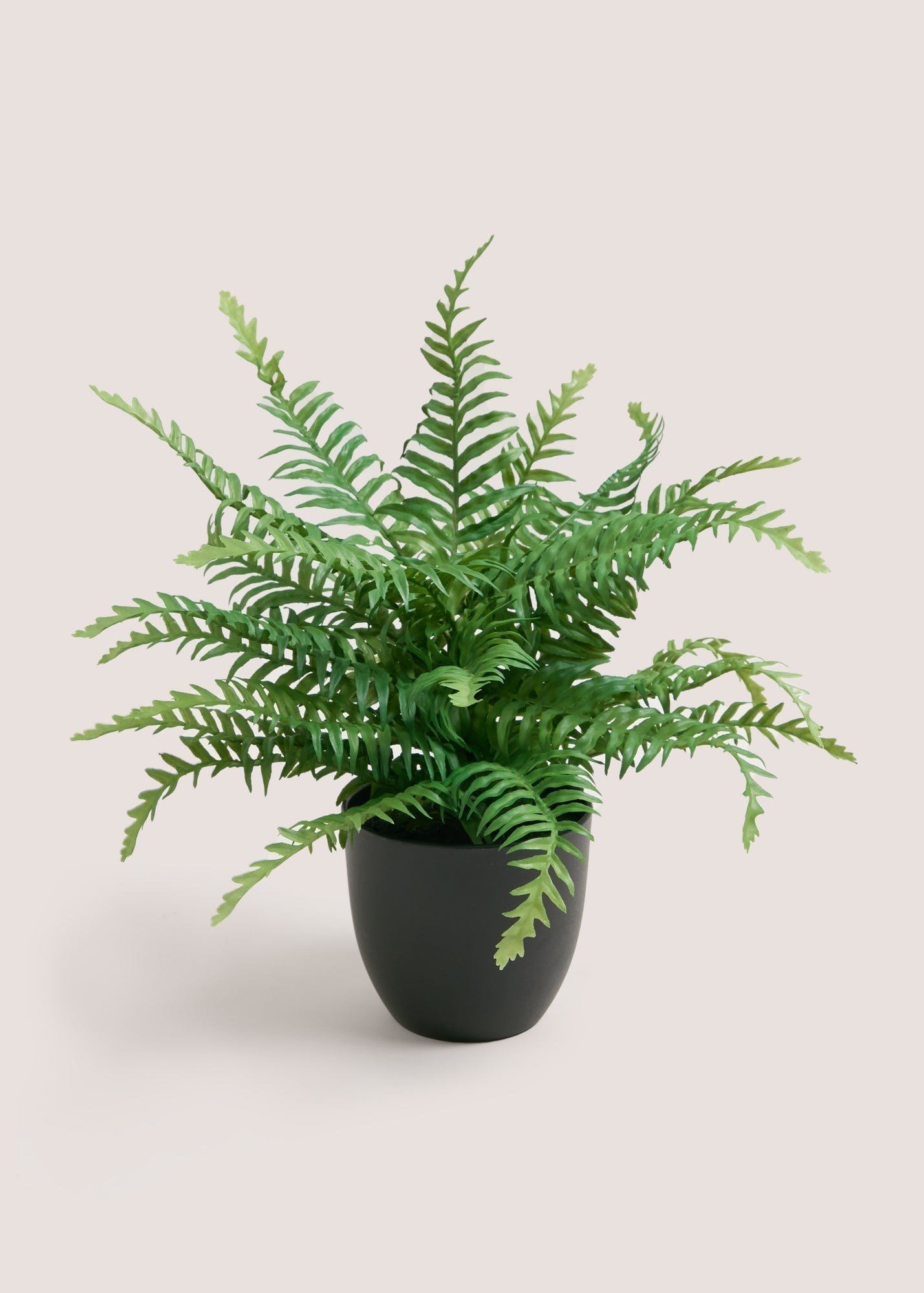
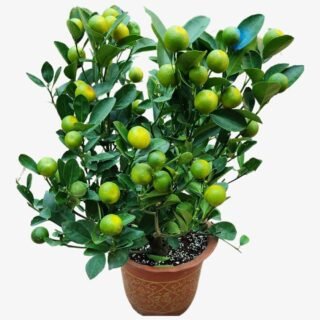
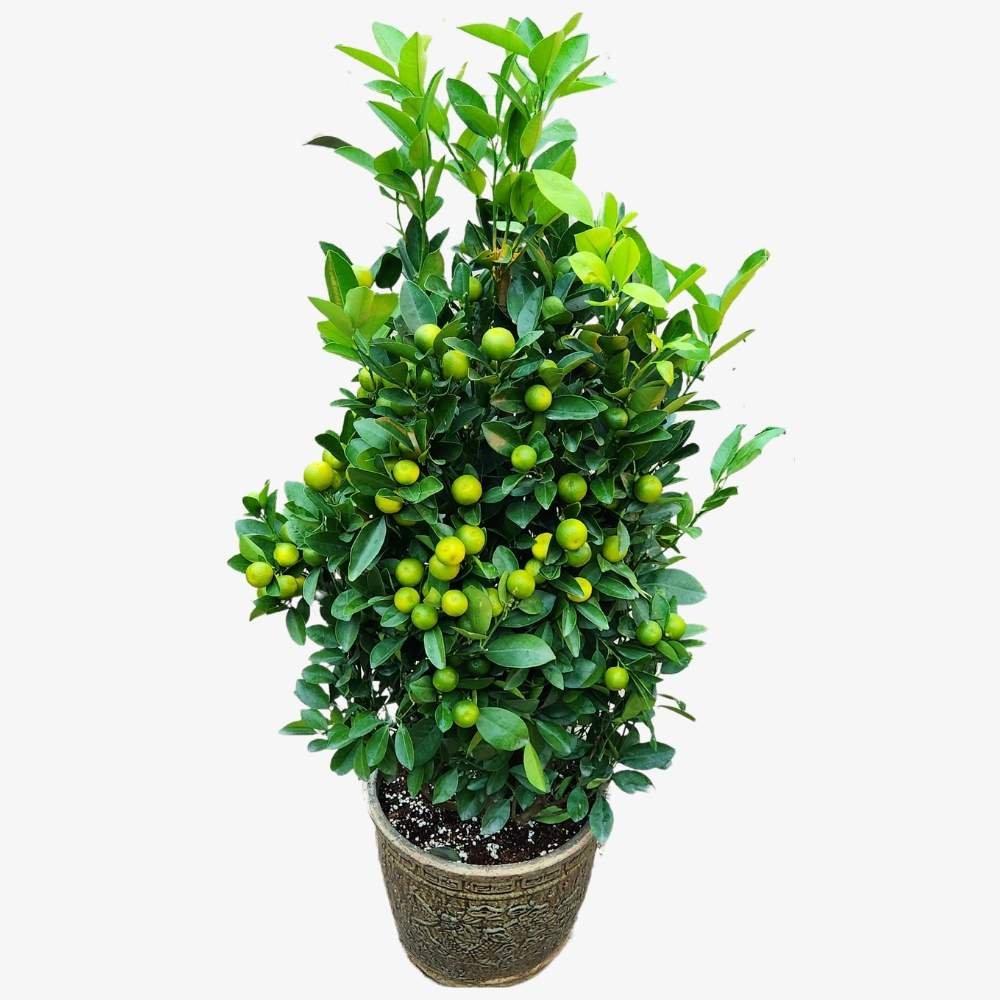


Reviews
There are no reviews yet.